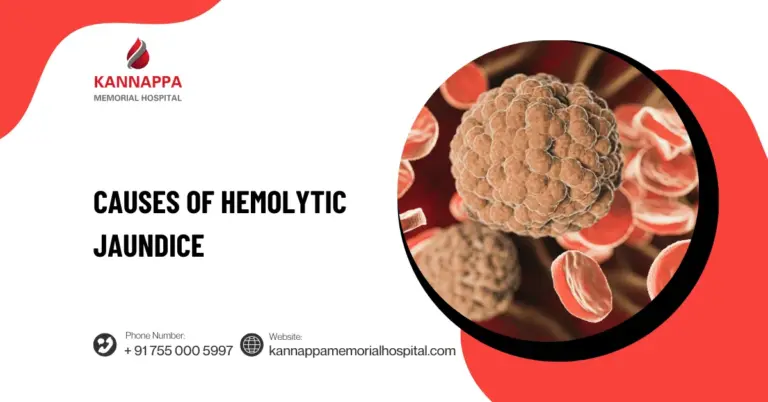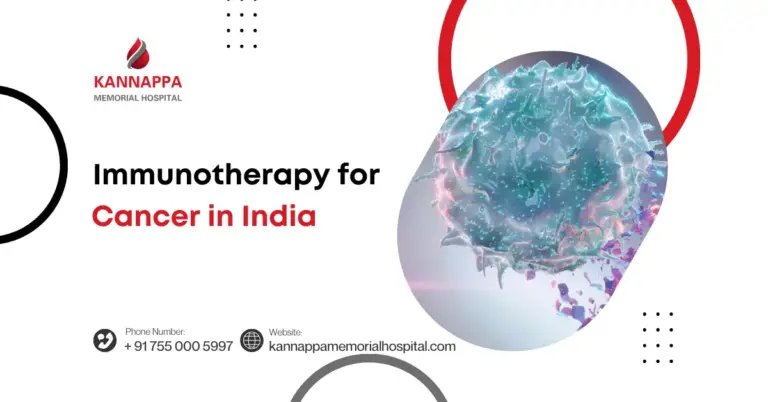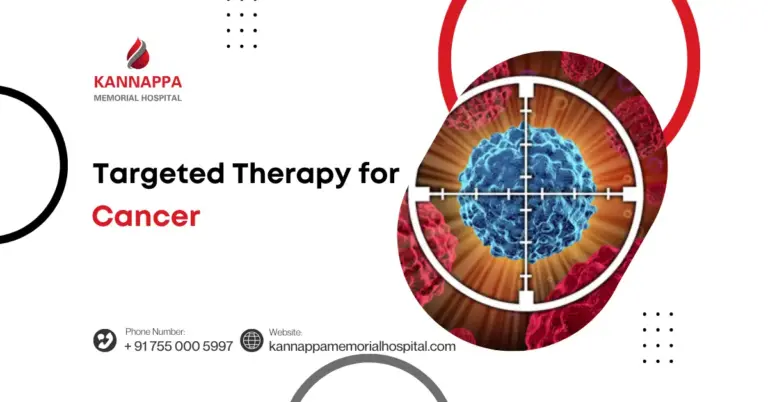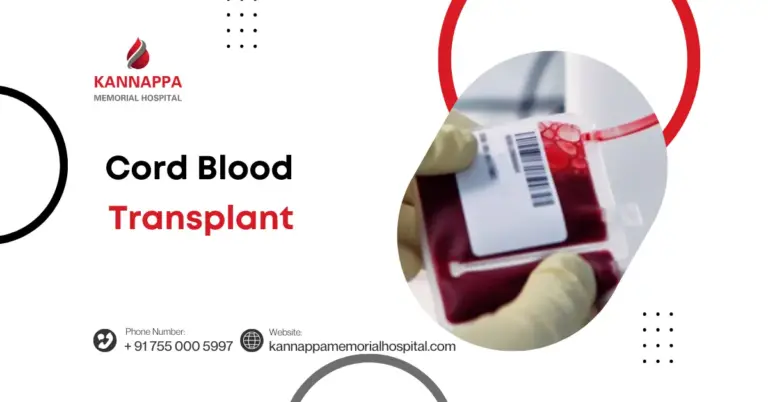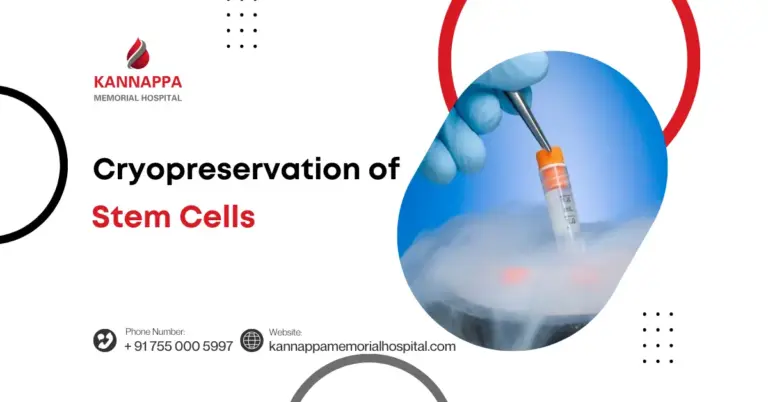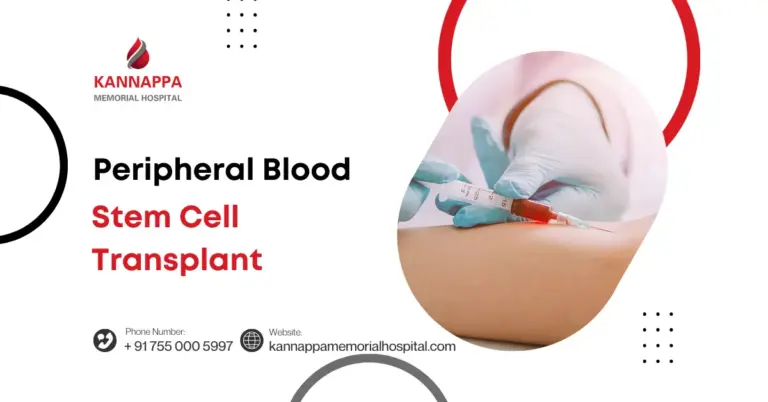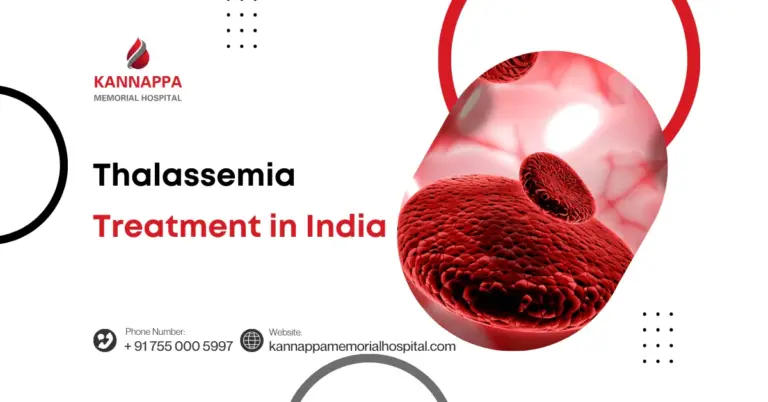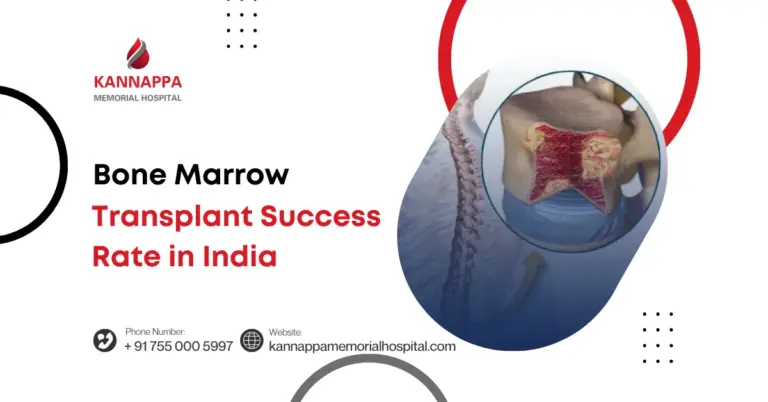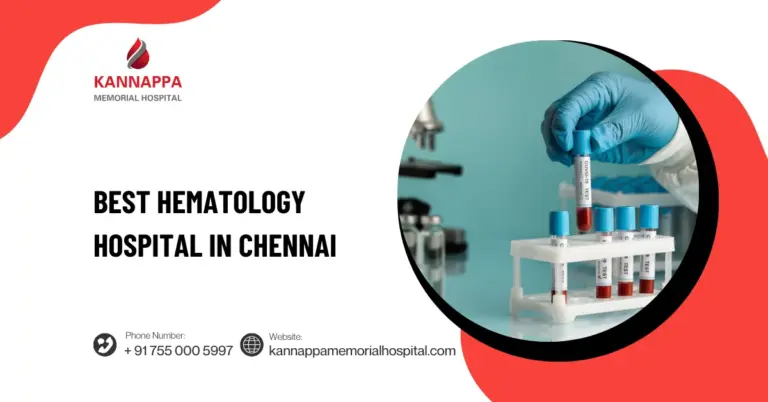Hearing that you or someone you love has jaundice can be worrying especially when it’s something like hemolytic jaundice. But don’t panic. This condition is usually manageable and treatable with the right medical care. Once you understand what’s happening inside your body, it becomes a lot less scary.
In this guide, we’ll break down what hemolytic jaundice really means, the causes of hemolytic jaundice, what symptoms to watch out for, how doctors diagnose it, and what modern hemolytic jaundice treatment options can help you get back to feeling healthy again.
What is Hemolytic Jaundice?
Hemolytic jaundice happens when red blood cells break down faster than your body can replace them. This releases a yellow substance called bilirubin into your bloodstream, leading to that yellowish tint in your skin and eyes. While it sounds intense, it’s usually not dangerous if caught early. Once the hemolytic jaundice treatment starts, bilirubin levels begin to drop and symptoms fade away quickly. Think of it like your body’s recycling system working overtime, it just needs a little medical help to slow things down.
Types of Jaundice
To understand hemolytic jaundice, it helps to know the three main types:
- Pre-hepatic (Hemolytic) Jaundice: Caused by the fast breakdown of red blood cells.
- Hepatic Jaundice: Happens when the liver can’t process bilirubin properly.
- Post-hepatic (Obstructive) Jaundice: Occurs when bile flow is blocked, often by gallstones.
Knowing these helps doctors pinpoint the exact issue and design the right hemolytic jaundice treatment for you.
Hemolytic Jaundice Symptoms
Catching symptoms early can make recovery faster. Some common hemolytic jaundice symptoms include:
- Yellow skin or eyes
- Fatigue and weakness
- Dark urine
- Pale or clay-colored stools
- Shortness of breath
- Enlarged spleen or mild abdominal pain
Since hemolytic anemia and jaundice are closely related, you might also feel more tired than usual or notice your heart beating faster. If you spot these signs, don’t wait see a doctor to rule out serious causes.
Causes of Hemolytic Jaundice
The causes of hemolytic jaundice all lead back to one thing red blood cells breaking down too quickly. Here’s what can trigger it:
- Genetic conditions like sickle cell anemia or thalassemia
- Autoimmune disorders where your body attacks its own red blood cells
- Infections such as malaria or certain bacterial illnesses
- Medications that cause blood cell damage
- Blood transfusion reactions or enzyme issues like G6PD deficiency
The good news? Most of these causes of hemolytic jaundice are well understood and treatable. Modern medicine can manage the breakdown rate, stabilize your bilirubin levels, and restore balance fast.
Diagnosis of Hemolytic Jaundice
When doctors suspect hemolytic anemia and jaundice, they run a few tests to find out what’s happening:
- Blood tests to check bilirubin, hemoglobin, and red cell counts
- Reticulocyte count to see how fast new cells are forming
- Coombs test to detect autoimmune causes
- Urine tests and liver function tests to rule out liver-related issues
These tests give doctors a clear picture and help them create the best hemolytic jaundice treatment plan for your body’s needs.
Hemolytic Jaundice Treatment
Treatment focuses on slowing down red blood cell destruction and balancing bilirubin levels. The specific hemolytic jaundice treatment depends on the cause but may include:
- Medications to stop immune reactions or treat infections
- Blood transfusions if red blood cells are very low
- Folic acid and iron supplements to help your body rebuild healthy cells
- Avoiding triggers, such as certain drugs or foods
- Managing underlying issues like hemolytic anemia and jaundice with long-term care
Most people start feeling better within days once treatment begins, and full recovery follows soon after with proper follow-up care.
Results
With quick diagnosis and the right medical plan, hemolytic jaundice rarely causes lasting problems. By understanding the causes of hemolytic jaundice and taking early action, you can bounce back to normal health and energy levels. Remember your body is resilient. Whether it’s managing hemolytic anemia and jaundice or following your hemolytic jaundice treatment plan, staying proactive and positive goes a long way toward recovery. Take care, stay hydrated, eat well, and trust your doctor, your health will be back on track in no time as you continue addressing the underlying causes of hemolytic jaundice effectively.

